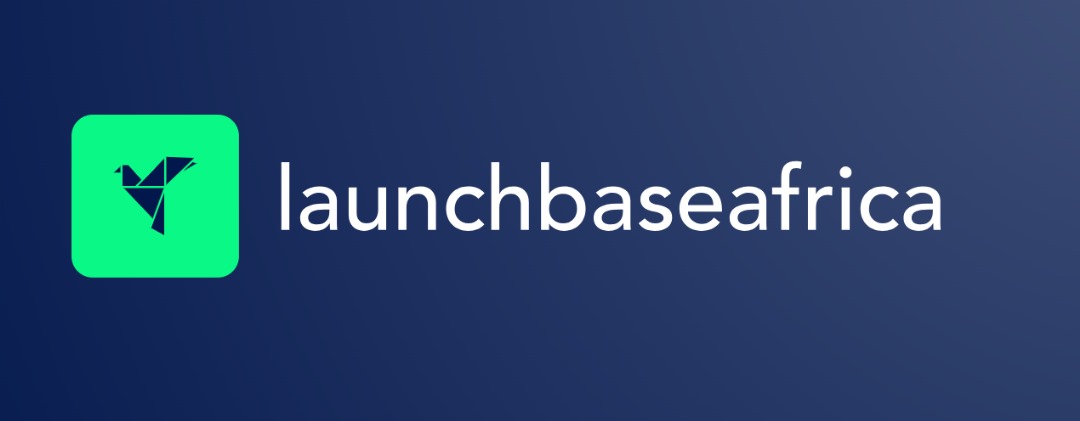When news broke recently that MTN Ghana’s MobileMoney Limited had supposedly been granted a license to facilitate cross-border transactions between Ghana and Nigeria, the speculation was swift and intense. In a continent where mobile money platforms are increasingly filling the gaps left by traditional banking, such a development would have been a major milestone. However, the Bank of Ghana (BoG) has quickly moved, in a statement seen by Launch Base Africa, to dispel these reports, asserting unequivocally that MTN Ghana has not been licensed to conduct such transactions.
Instead, BoG clarified that the ongoing initiative in question is a limited pilot of BrijX, a digital currency swap platform developed by Brij Fintech Ghana, a licensed Payment Service Provider (PSP). BrijX, currently being tested under BoG’s regulatory sandbox framework, is designed to facilitate direct currency swaps between the Ghanaian Cedi and the Nigerian Naira — without the movement of funds across borders. The distinction is a critical one, underscoring both the excitement and the regulatory caution surrounding fintech innovations in Africa.
The appeal of mobile money in Africa is undeniable. The continent is home to some of the world’s most sophisticated mobile money ecosystems, led by players like MTN MoMo, Safaricom’s M-Pesa, and Airtel Money. These platforms have revolutionized financial inclusion, bringing millions of unbanked individuals into the formal economy.
Cross-border mobile transactions are a particularly promising frontier. Remittances from the African diaspora, informal trade between neighboring countries, and intra-African commerce create a strong demand for seamless cross-border payment solutions. Yet, regulatory concerns — ranging from Anti-Money Laundering (AML) safeguards to currency controls — have historically slowed progress in this area.
What is BrijX and How Does It Work?
Unlike traditional cross-border money transfers, which involve moving funds through banking systems or mobile money operators, BrijX functions as a currency swap marketplace. According to BoG, the platform allows banks, mobile money operators, and PSPs to facilitate direct currency exchanges between Cedi and Naira holders. Crucially, this is done without the need for forex conversion or international fund transfers, mitigating the usual risks of currency fluctuations and capital flight.
Approved in 2024, BrijX began live testing in February 2025, initially with MTN MoMo customers and soon expanding to G-Money users. The pilot program is highly restricted, with transaction limits, customer caps, and strict adherence to AML, Know Your Customer (KYC), and consumer protection measures.
At the conclusion of the pilot, BoG will assess the outcomes to determine whether the BrijX model should be incorporated into the country’s broader financial framework. If successful, it could pave the way for new, regulated cross-border payment mechanisms tailored to Africa’s unique financial landscape.
As one of Africa’s largest mobile money operators, MTN’s MoMo platform has long been viewed as a key player in the push for intra-African financial integration. With millions of users across multiple markets, MTN already facilitates international remittances in some regions, often in partnership with third-party remittance service providers. However, full-scale cross-border mobile money interoperability remains a complex issue, requiring regulatory approval in each jurisdiction involved.
Given this backdrop, it is not surprising that reports of MTN Ghana launching direct cross-border transactions sparked such intense interest. If a major operator like MTN were to gain approval for seamless Ghana-Nigeria transactions, it could signal a broader shift in the regulatory landscape for African fintech.
The Implications for African Fintechs
Currently, cross-border transactions in Africa rely on third-party remittance providers, banking corridors, or informal channels. If MTN MoMo were granted a license to facilitate direct transfers between Ghana and Nigeria, it could reduce reliance on traditional remittance networks, increase transaction speed, and lower costs for consumers and businesses.
For fintechs, this could mean:
- A new competitive force in cross-border payments, pressuring existing players like Wave, Chipper Cash, and Flutterwave to adapt or innovate.
- A potential paradigm shift in cross-border payment models, especially if other mobile money operators seek similar approvals.
Again, if MTN gains regulatory approval for direct cross-border transactions, it could significantly impact remittance startups and traditional fintechs offering cross-border services. Companies relying on existing forex conversion models or third-party integrations may need to adapt quickly.
For fintechs, this means:
- The need to differentiate with added-value services, such as business payments, credit scoring, or AI-driven financial tools.
- Some fintechs might see reduced transaction volumes, particularly if MTN MoMo offers lower fees than current remittance players.
BoG’s approach — using its regulatory sandbox to test new models before granting full approval — is increasingly becoming the standard. Across Africa, other central banks are adopting similar strategies, recognizing that fintech innovation cannot be ignored but must be carefully managed.
The Bottom Line
Whether or not BrijX proves successful, the demand for cross-border mobile money services will only continue to grow. Fintech startups and telecom-led mobile money operators will persist in seeking ways to bridge the gaps in Africa’s fragmented financial ecosystem. At the same time, regulators will need to keep pace, ensuring that innovation serves the broader goals of financial inclusion, consumer protection, and economic stability.
For now, while MTN MoMo has not yet received the green light for cross-border transactions, the BrijX pilot offers a glimpse into a possible future where currency swaps and digital marketplaces redefine how Africans move money across borders. The challenge — and opportunity — lies in finding the right regulatory and technological formula to make that future a reality.


